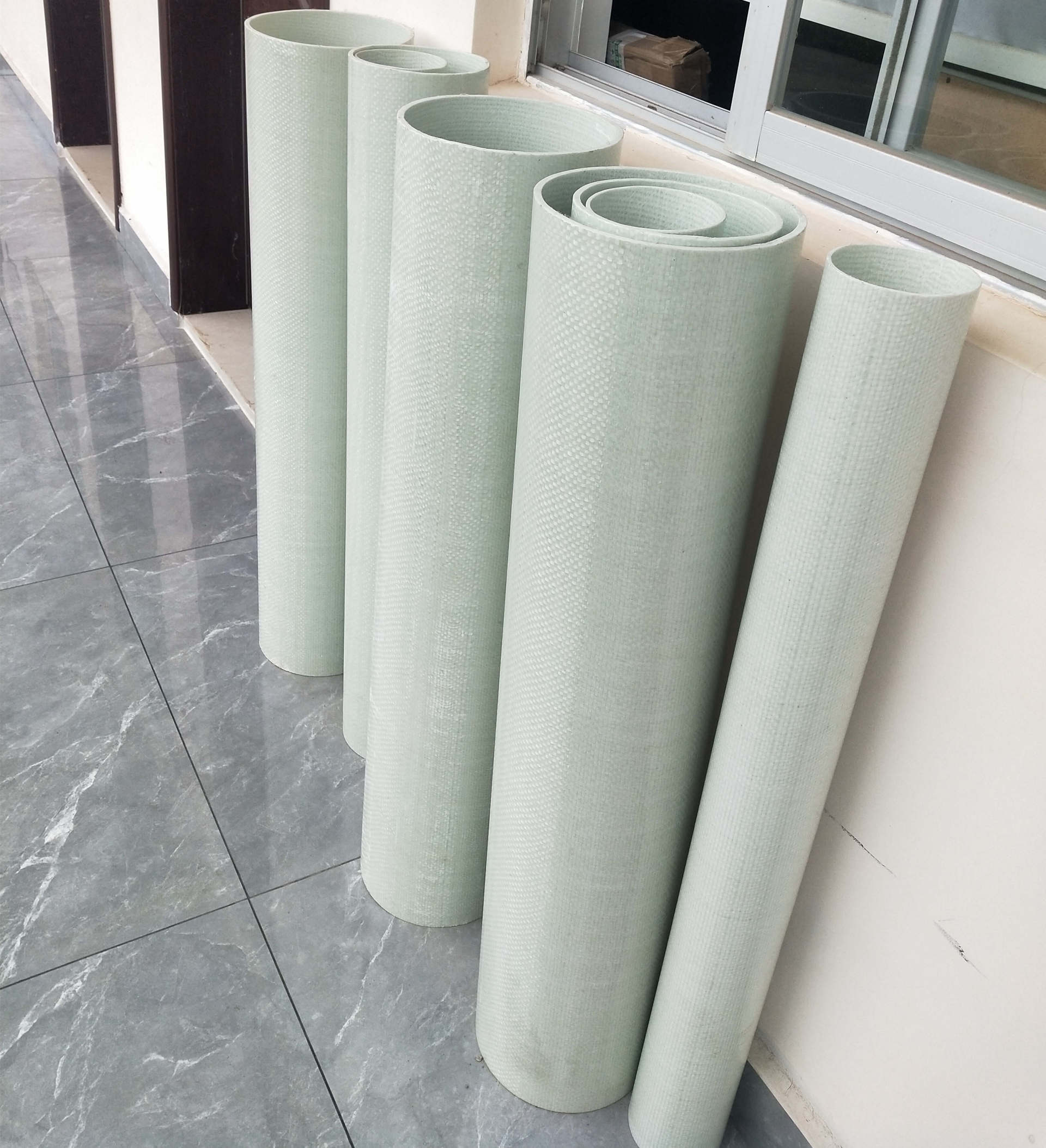Detailed explanation of the advantages of FRP sand-filled pipes?
Release time:
2023/02/01
Fiberglass reinforced sand pipes are indeed quite common in our daily lives. Due to their outstanding advantages, many people choose to use them. Today, I would like to take this opportunity to introduce the benefits of fiberglass reinforced sand pipes. If you want to know more, let's take a look!

Fiberglass reinforced sand pipes are quite common in our daily lives. Due to their outstanding advantages, many people choose to use them. Today, I would like to take this opportunity to introduce the advantages of fiberglass reinforced sand pipes. If you want to know, come and take a look.
Before using fiberglass reinforced sand pipes, there is a lot of basic information we need to understand, as there are many knowledge points involved. For example, fiberglass reinforced sand pipes are mainly made of reinforced resin, which has strong corrosion resistance. Different resins can be selected according to different environments and conveying media, making their corrosion resistance flexible. With fiberglass reinforced sand pipes, there is a natural resistance to acids, alkalis, seawater, untreated sewage, corrosive soil or groundwater, and various chemical liquids, without the need for additional layers of protection, and they will not rust. They have excellent anti-corrosion performance, with a service life of up to 50 years without major repairs. Generally, their service life is 5-10 years, while the service life of steel pipes is about 15 years. In addition to the five major application areas mentioned above, fiberglass reinforced sand pipes are also used to varying degrees in the paper, leather, food, and ventilation industries, and their range of use is expanding. However, the quantity used in all these fields is still very limited, so the application in these areas still needs further development.
The surface of fiberglass reinforced sand pipes is dense and smooth, with a friction coefficient of only about 0.0084, which is much lower than that of steel pipes and concrete pipes. Therefore, they have good hydraulic performance, which can greatly reduce pressure loss of fluids during transport and improve conveying capacity. Their outer surface is also very smooth, which can significantly reduce friction resistance during lifting in construction. In addition, their transportation and installation are relatively convenient, effectively overcoming the disadvantages of reinforced concrete pipes that cannot be used for long distances and bent pipe extrusion structures. Now, fiberglass reinforced sand pipes can be directly buried underground without the need for a concrete protective layer, which can accelerate the construction process, significantly reduce construction costs, and achieve remarkable social and economic benefits. Specially designed fiberglass sand pipes can withstand the erosion of chemical liquids such as acids, alkalis, salts, raw sewage, corrosive soil, and groundwater. Traditional pipelines have a long service life, with a design life exceeding 50 years. Of course, fiberglass reinforced sand pipes also have good fire resistance, heat resistance, and frost resistance during operation. They can be used long-term without deformation in temperatures ranging from -20 to 100 degrees.
After the introduction of the above content, we now know the advantages of fiberglass reinforced sand pipes. More information will continue to be updated in the next issue, and if you have time, you can come and consult at any time. No matter what questions you have, our staff will help you answer them. We consistently maintain high-quality service, adding a successful touch to thousands of consumer and industrial products, gaining wide recognition in the industry, and realizing a win-win vision with our partners.







